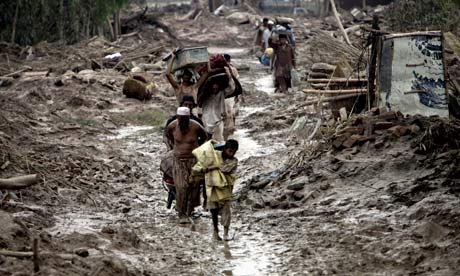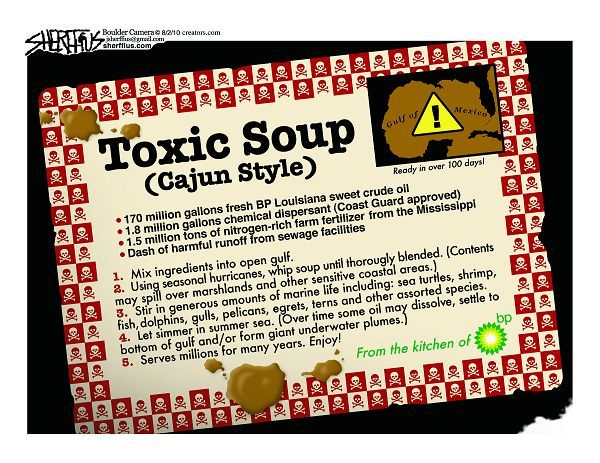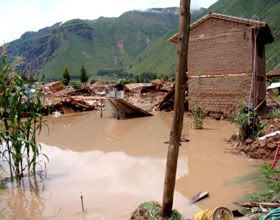According to NOAA, the El Nino that is developing in the Pacific Ocean is fast becoming the most powerful on record bringing with it record temperatures and sever weather conditions:
El Nino could be among strongest on record, raising risk of floods
By Erin McClam, MSNBC
The phenomenon known as El Niño is brewing in the Pacific Ocean – and it could be one of the strongest on record, raising the risk of floods and mudslides this winter in Southern California, forecasters said Thursday.
It won’t produce enough rain to end the historic drought in California, they said.
Still, it could rival the most powerful El Niño since records were first kept in 1950, experts from the government’s Climate Prediction Center said. That was during the winter of 1997-98, when Southern California was drenched with twice its normal rainfall.
El Niño, an occasional warming of the Pacific waters around the equator, can change weather patterns around the world. In the United States, it usually means heavier than normal winter rain in California and much of the South and East.
It also generally suppresses hurricane activity in the Atlantic Ocean – and this has been an extremely quiet Atlantic hurricane season. There have been three tropical storms and not a single hurricane.
This year’s ocean warming could make for what some climatologists are calling a Super El Niño. One went so far as to tell the Los Angeles Times that it “has the potential of being the Godzilla El Niño.” And a NOAA blogger cheekily suggested naming it Bruce Lee.
Scientists have already recorded unusual warmth in the zone of Pacific Ocean in question, and it could reach 2 degrees Celsius above normal. That has only happened three times in 65 years – in 1997-98, 1982-83 and 1972-73.

 Severe storms have swept across the Midwest and Southern United States that have killed over 300 people as massive tornadoes swept through the region. It isn’t just tornadoes that are causing the devastation but the heavy rains have caused flooding that is wiping out entire towns as levees along the Mississippi and Missouri Rivers fail.
Severe storms have swept across the Midwest and Southern United States that have killed over 300 people as massive tornadoes swept through the region. It isn’t just tornadoes that are causing the devastation but the heavy rains have caused flooding that is wiping out entire towns as levees along the Mississippi and Missouri Rivers fail.



